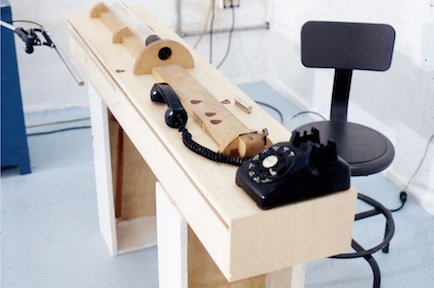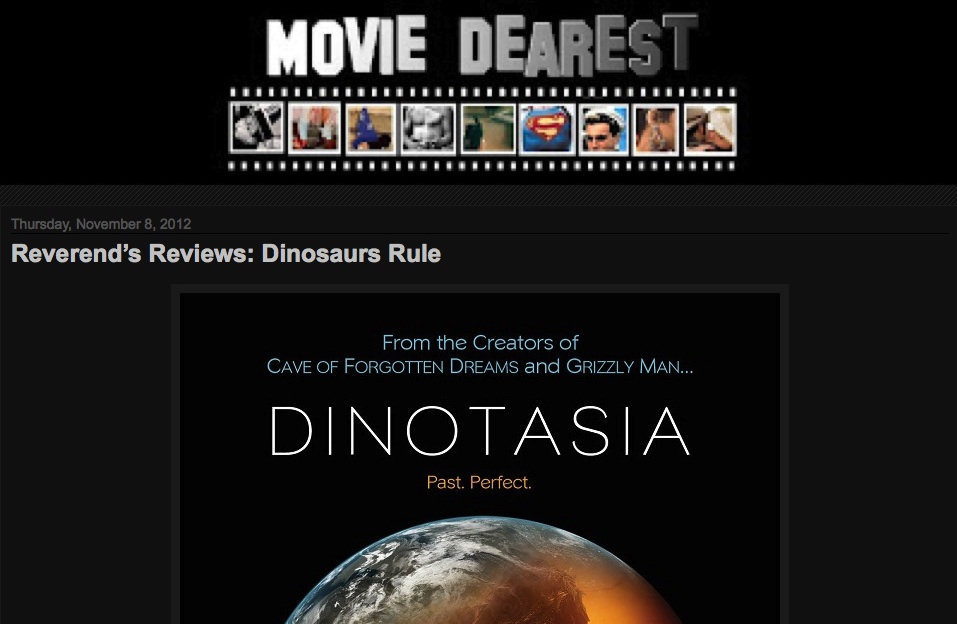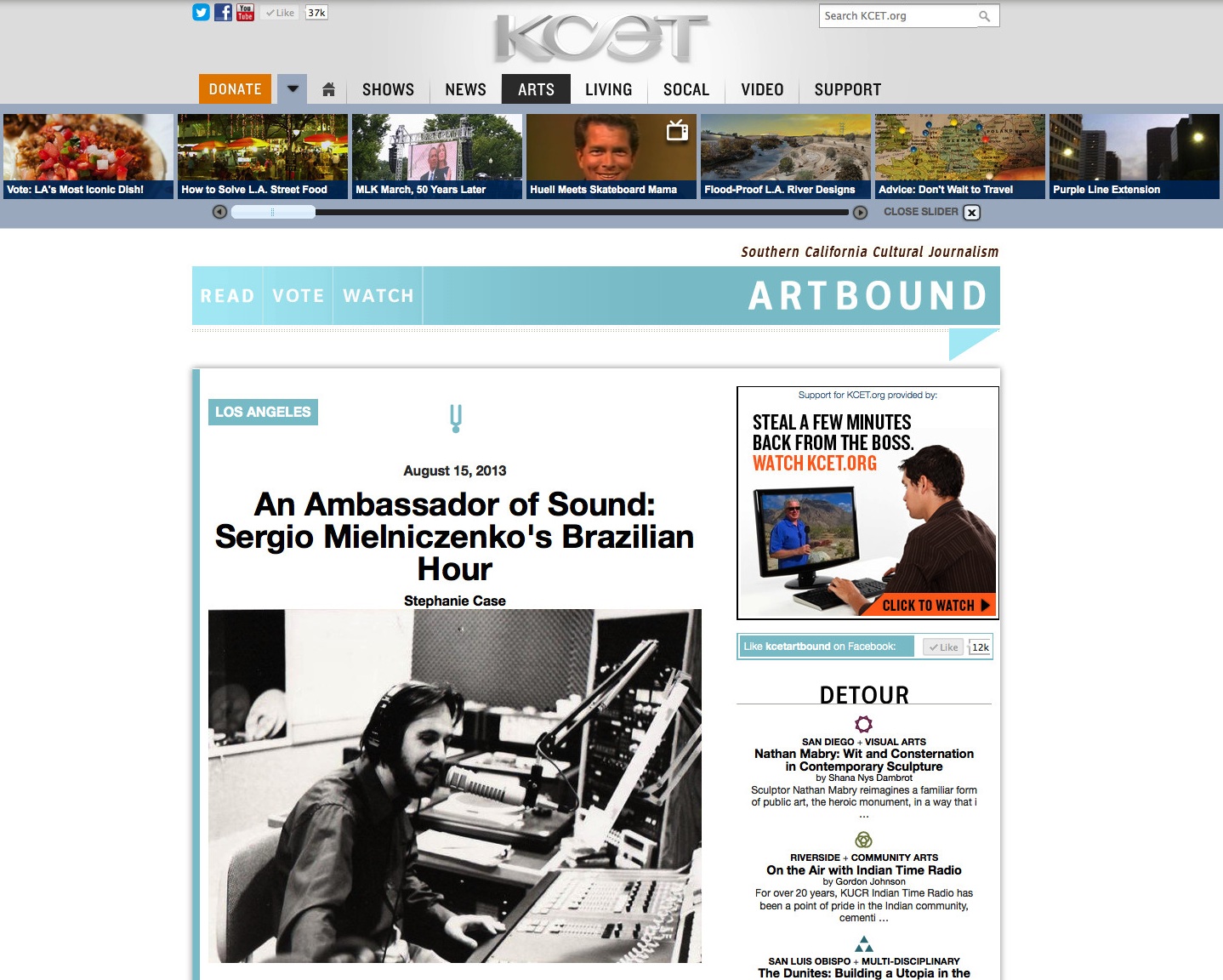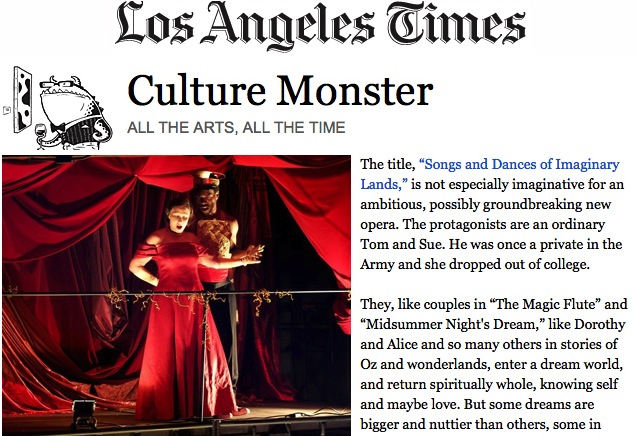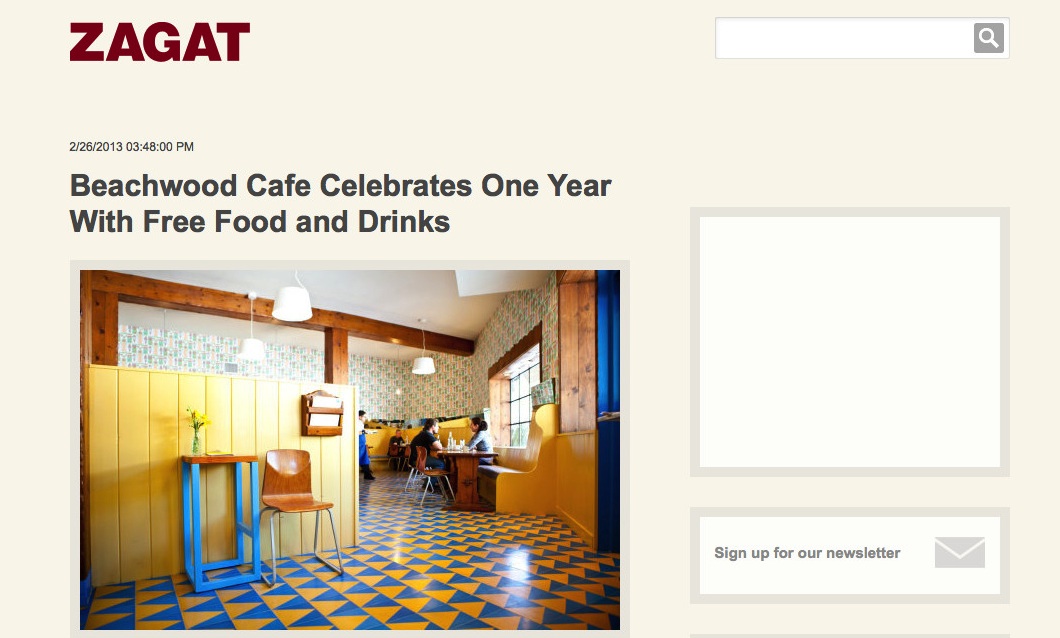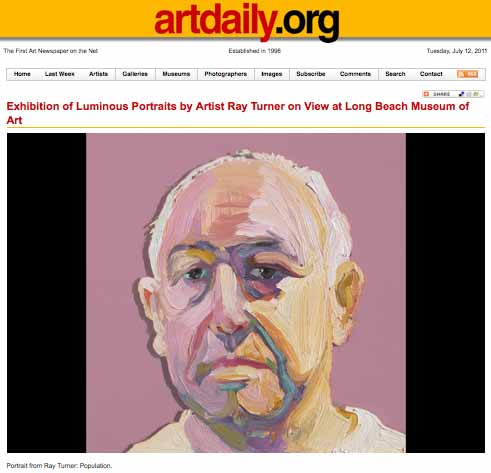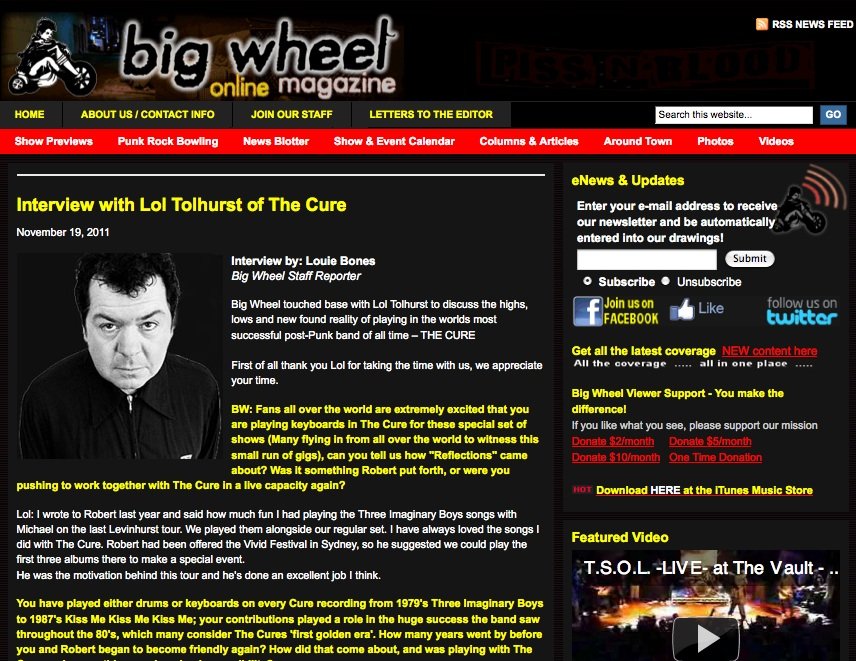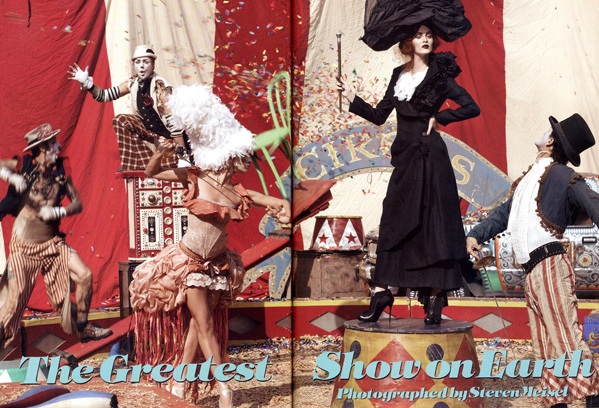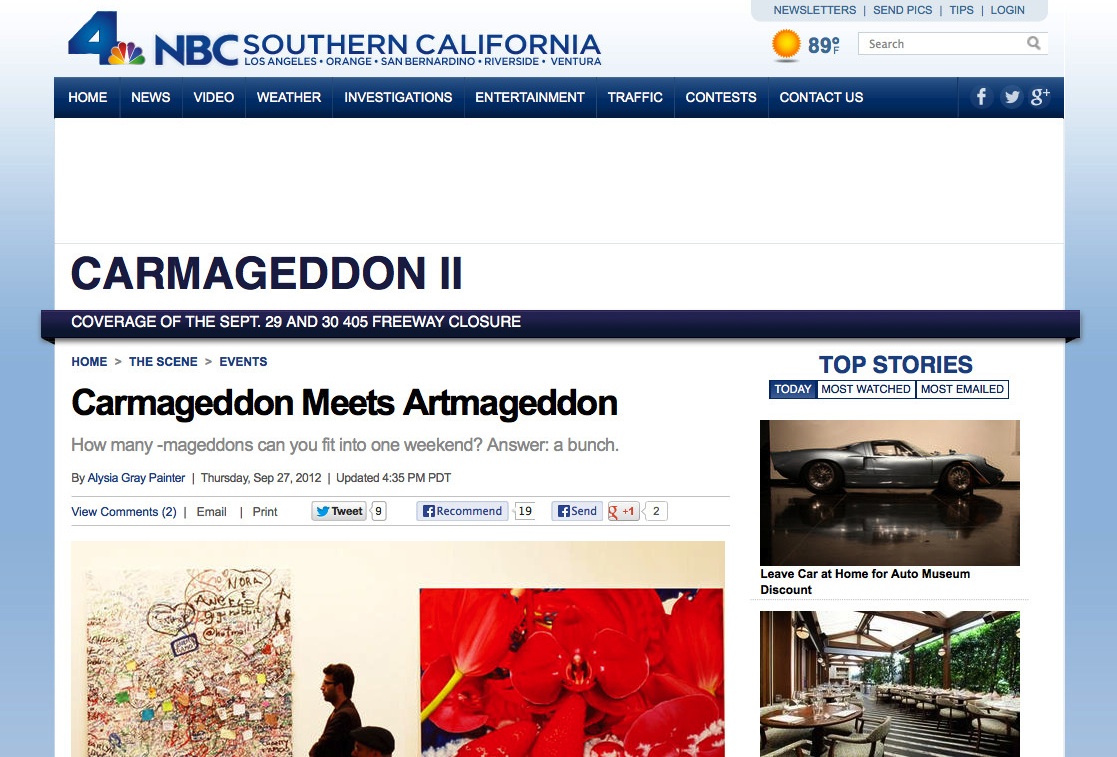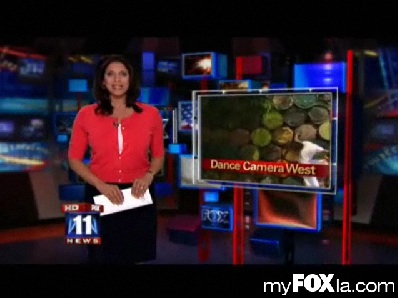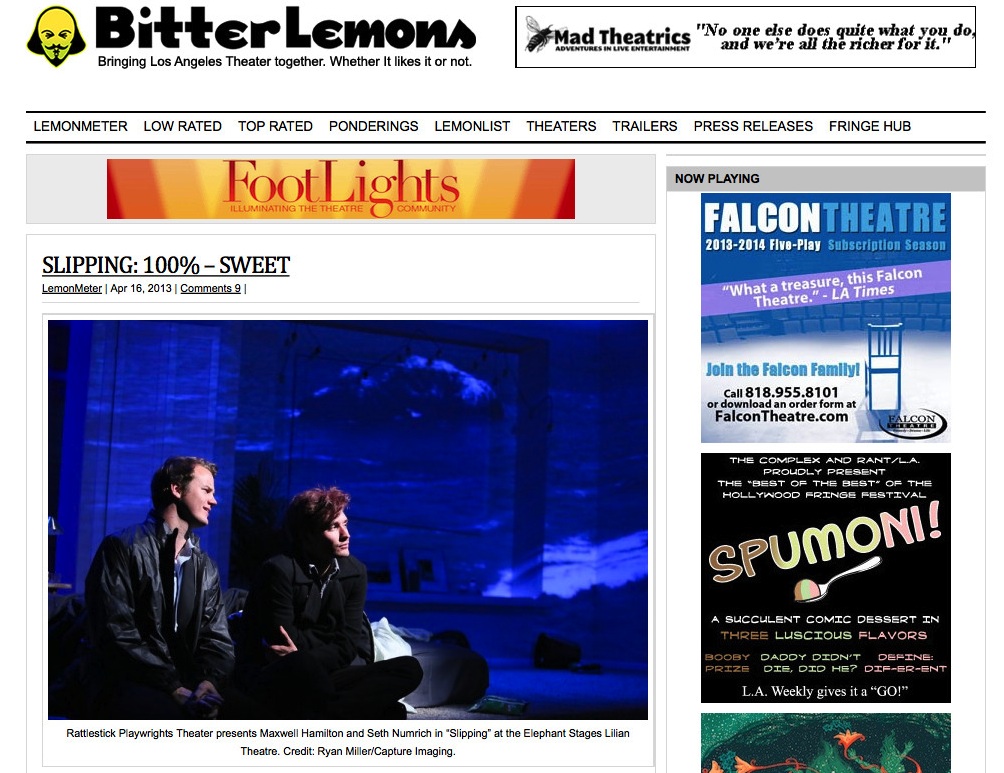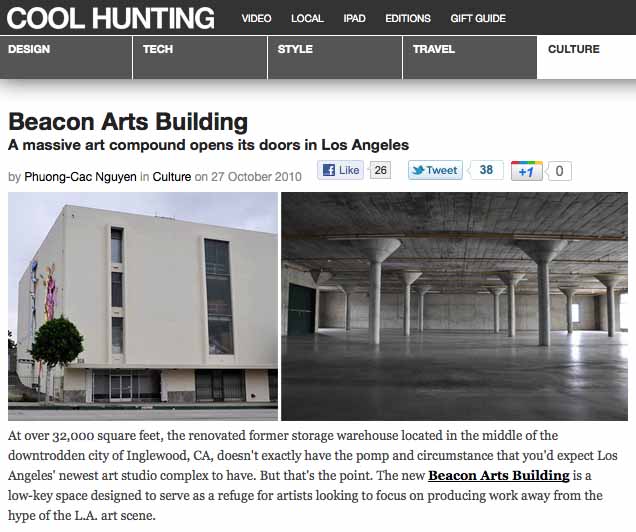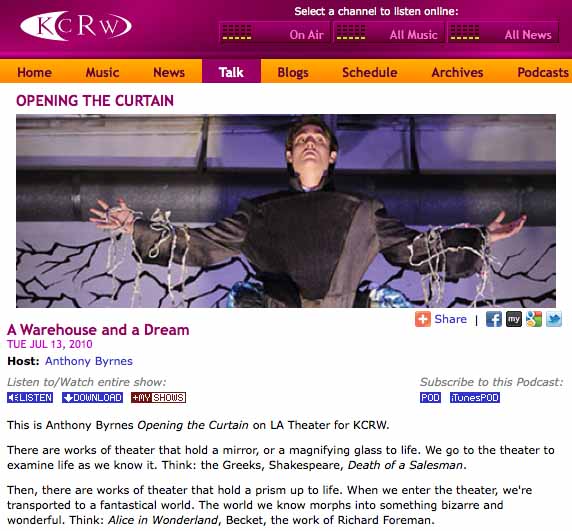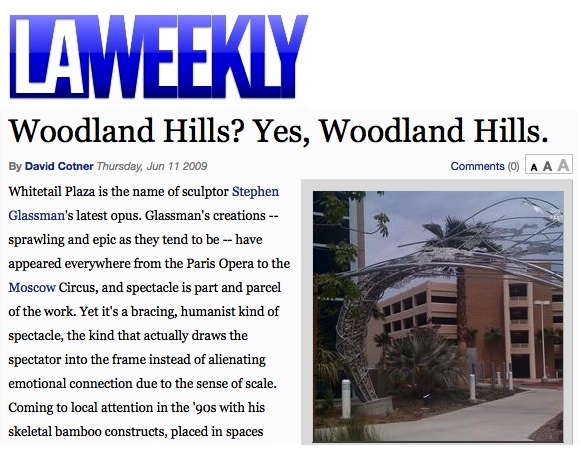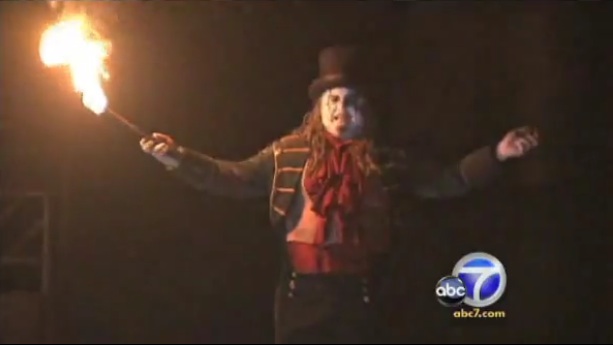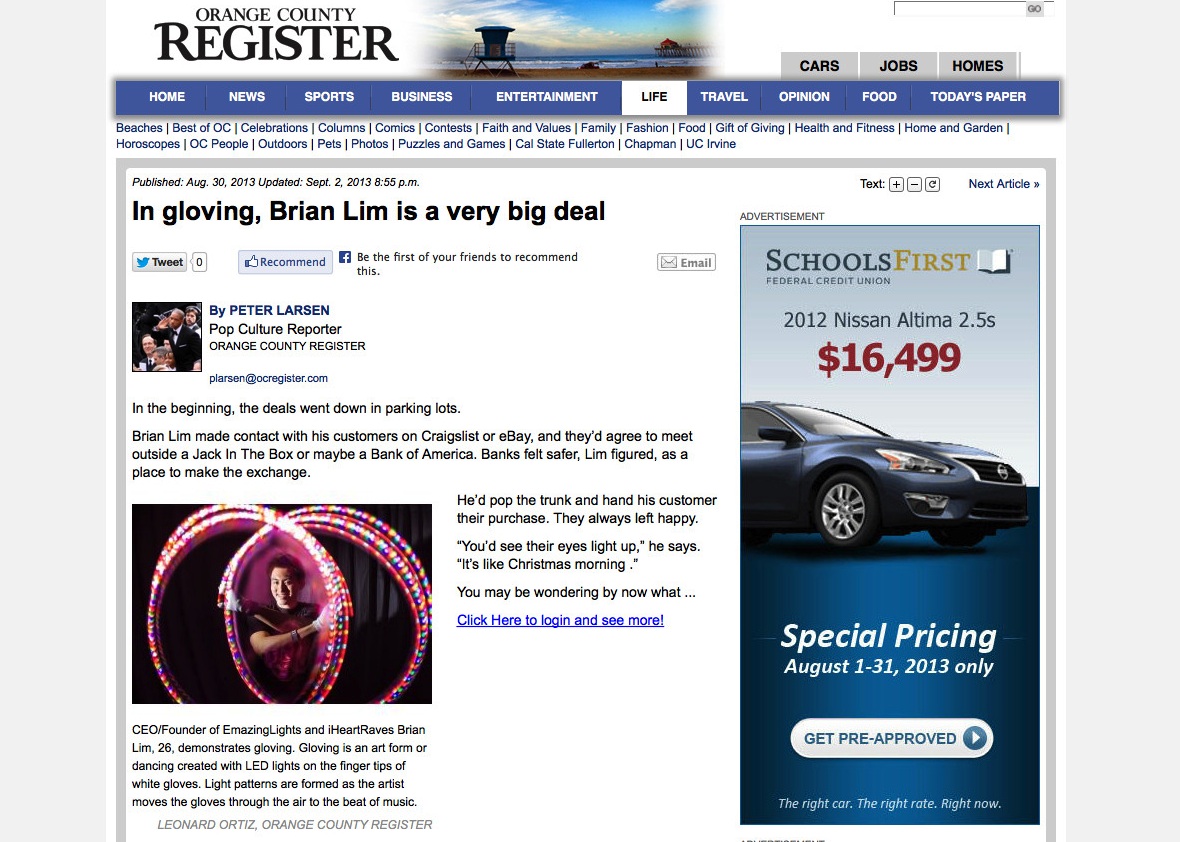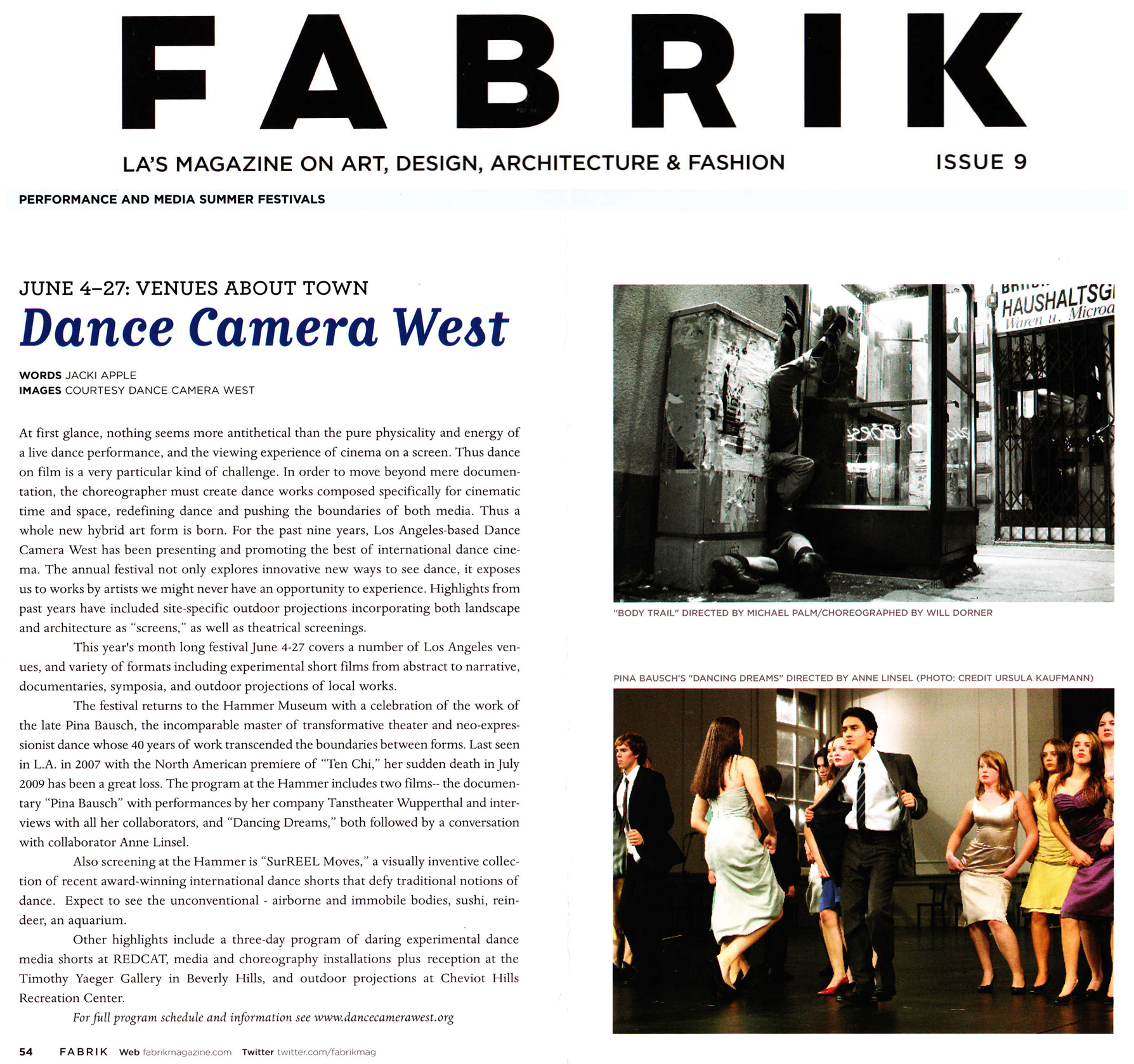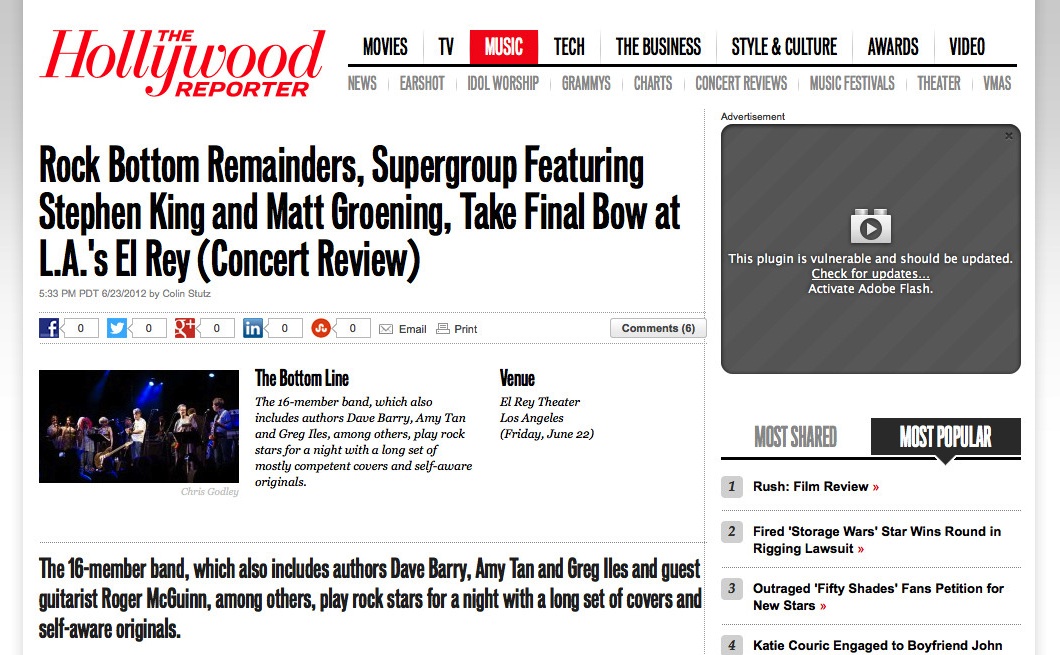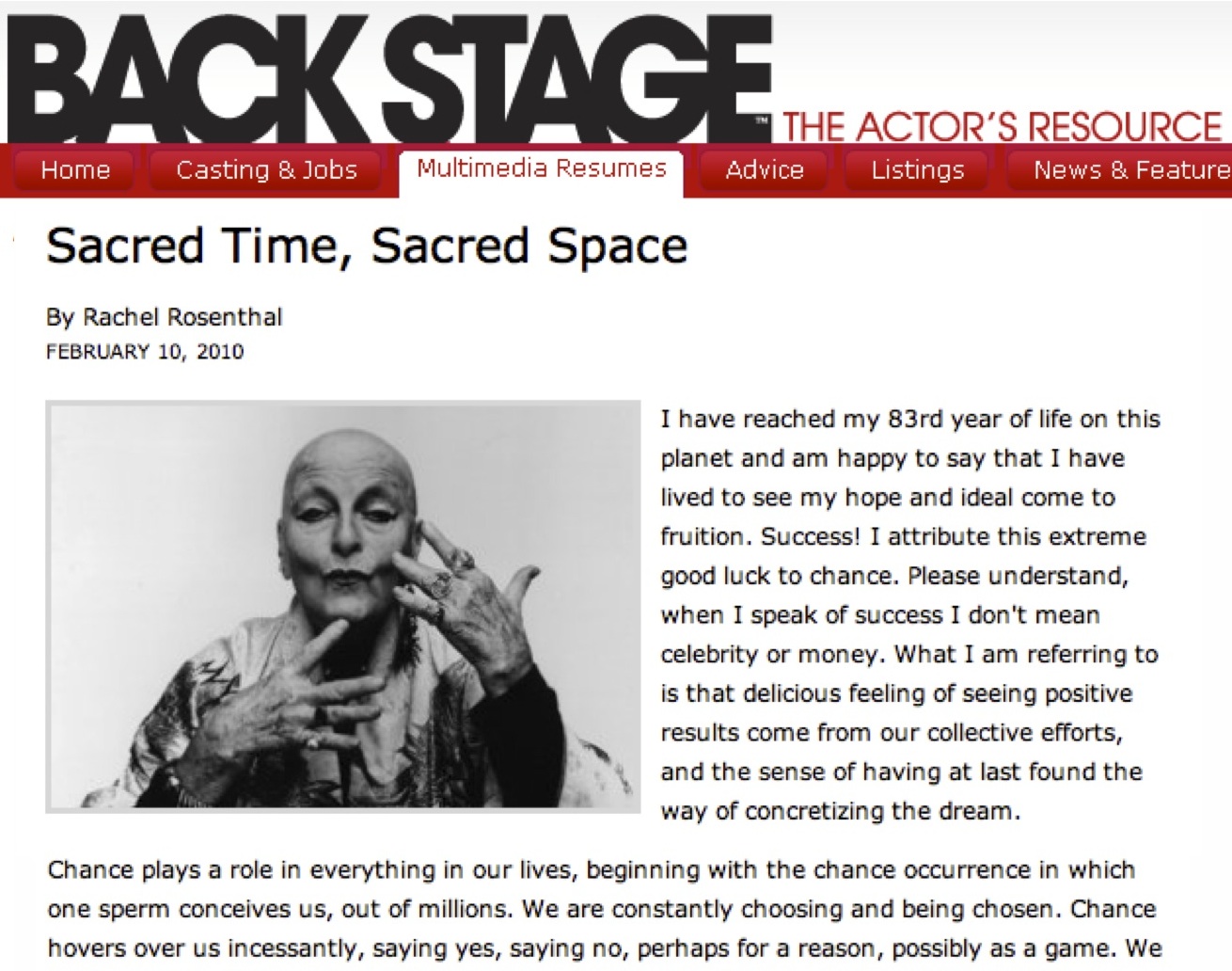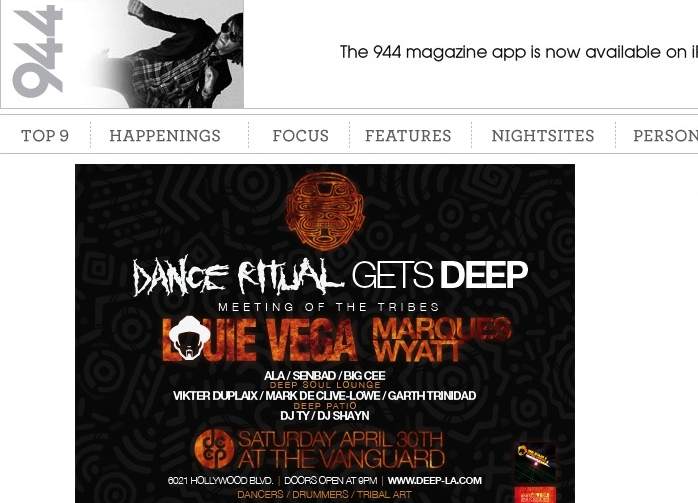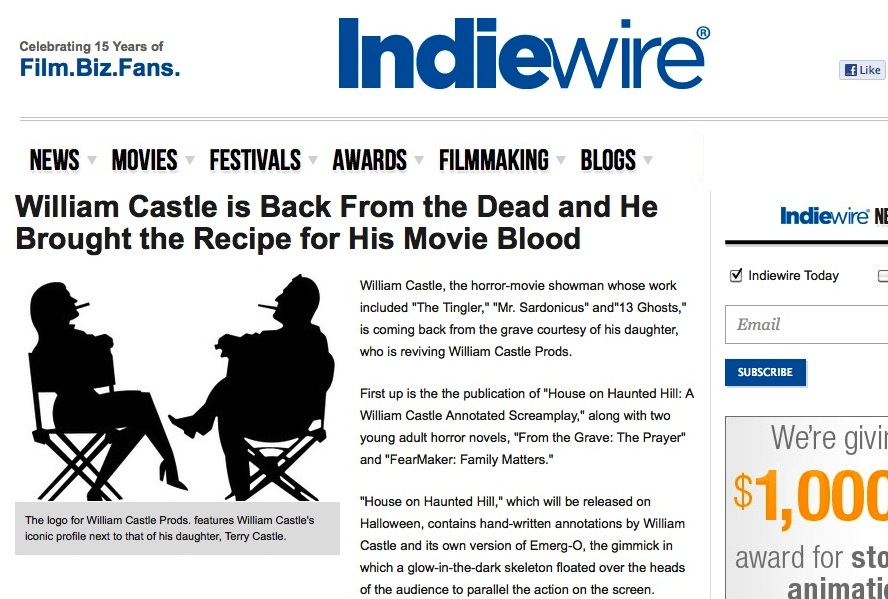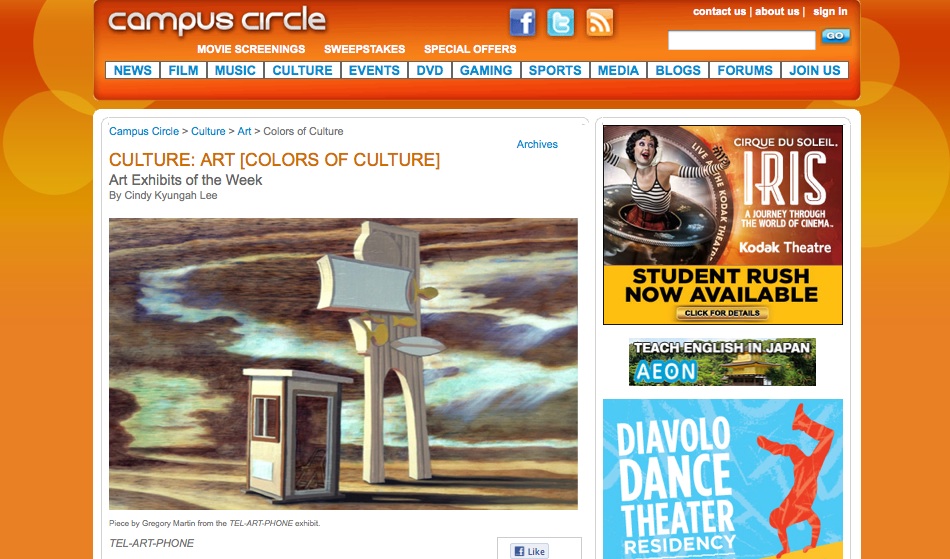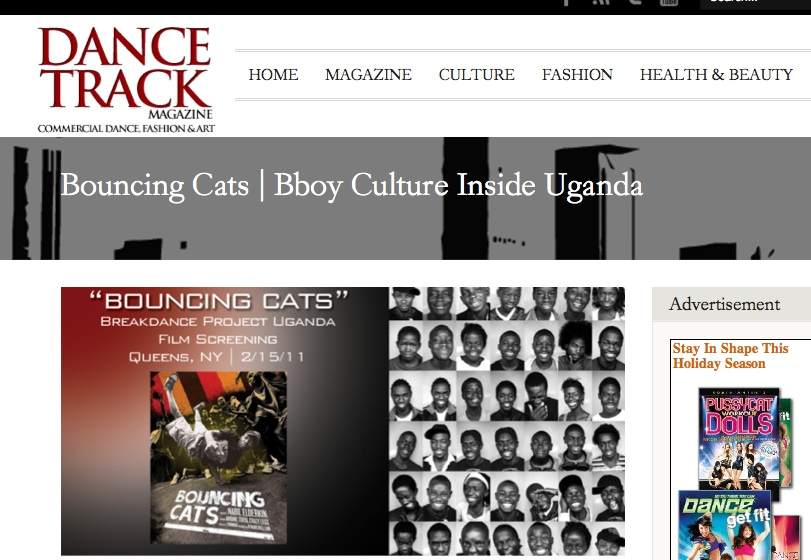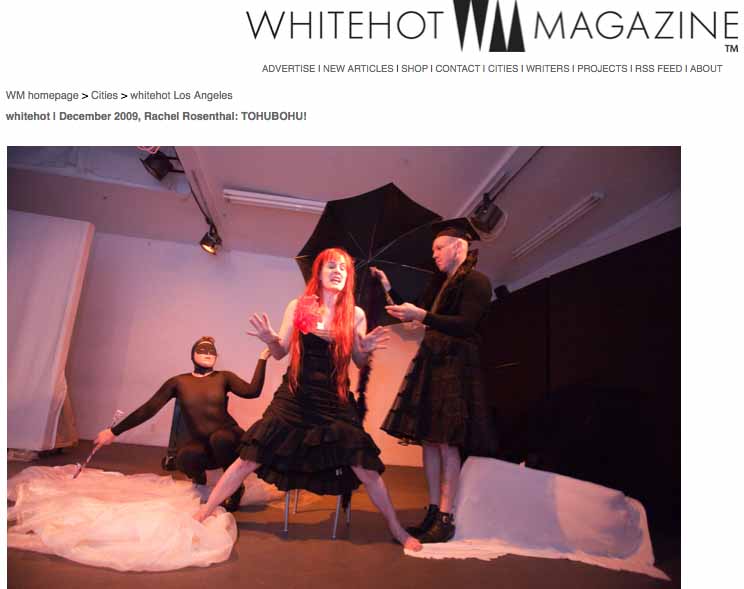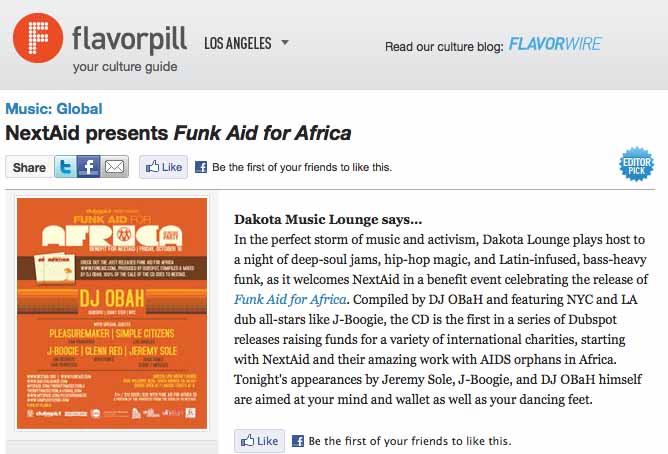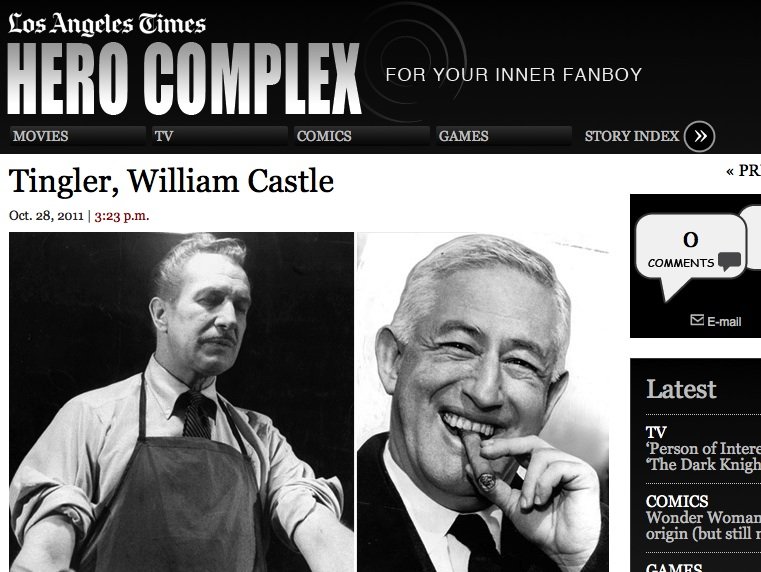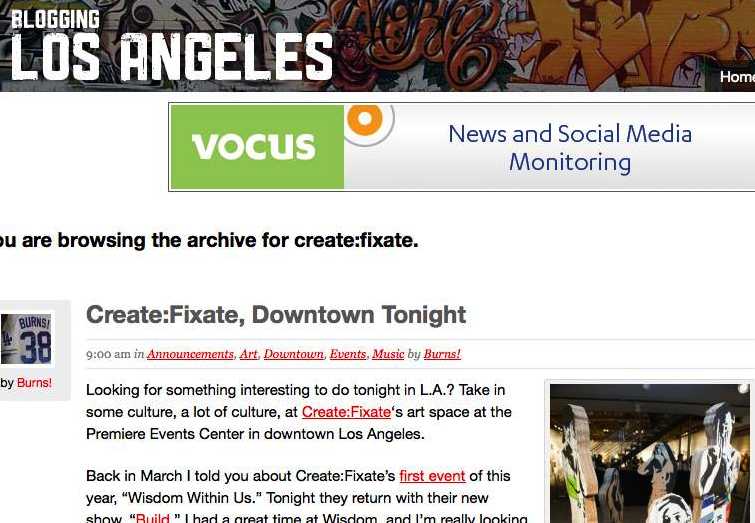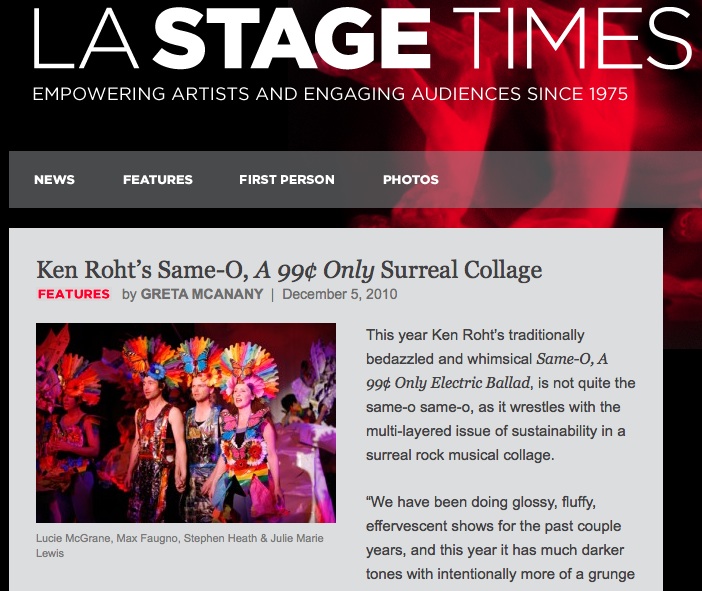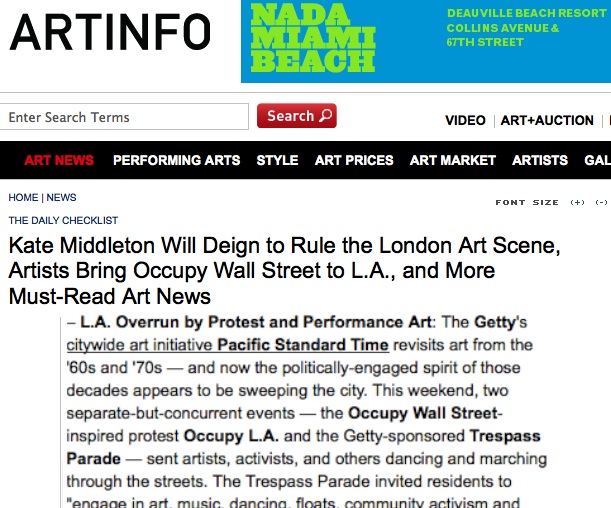-
For Immediate Release:
The Society for the Activation of Social Space through Art & Sound
(SASSAS)
Presents Welcome Inn Time Machine
Over a Dozen Micro Concerts in Motel Rooms
Touring LA’s Experimental Music History
At Welcome Inn in Eagle Rock
Part of Pacific Standard Time Performance & Public Art Festival
Sunday, January 29, 2012
LOS ANGELES, CA – December 13, 2011 – The Society for the Activation of Social Space Through Art and Sound (SASSAS) will transform Eagle Rock’s Welcome Inn into a six-hour tour through key moments in LA’s experimental music history with Welcome Inn Time Machine on Sunday, January 29, 2012. Over a dozen concurrent micro concerts will transform individual motel rooms into venues for installations and live performances allowing key moments in Southern California sound and music history to be experienced simultaneously and sequentially in a single location. Welcome Inn Time Machine runs from 4:00pm to 10:00pm. The event is free. The Welcome Inn is located at 1840 Colorado Boulevard, Los Angeles, CA 90041. For more information on SASSAS and this event please visit http://www.sassas.org or phone 323-960-5723.
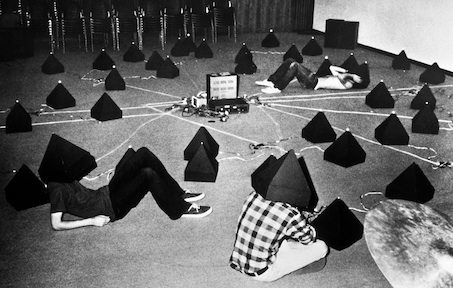
Members of the Los Angeles Free Music Society Testing Pyramid Headphones, 1976. (Photo credit: Fredrik Nilsen)
Welcome Inn Time Machine revisits works created between 1949 and 1977. The duration of the event is derived from the 1963 premiere performance of John Cage’s Variations IV at UCLA, which was six hours in length. Among the more than 40 works included are John Cage’s Variations IV, Bruce Nauman’s Violin Tuned D.E.A.D., Pauline Oliveros’ Sonic Meditations, The Los Angeles Free Music Society’s Pyramid Headphones, James Tenney’s Postal Pieces, and David Ornette Cherry and poet Kamau Daaood will revisit Something Else, The Music of Ornette Coleman. In addition to presenting historic works, SASSAS is commissioning two new works based on existing fragments and documents. The Calder Quartet will premiere a new work derived from Arnold Schoenberg’s Entwürfe zu einem Streichquartett [Draft of a String Quartet] (1949) and choreographer Anita Pace will re-envision Merce Cunningham’s Field Dances (1963) as part of a presentation of Variations IV.
Welcome Inn Time Machine Micro Concerts –
Arnold Schoenberg, Entwürfe zu einem Streichquartett [Draft of a String Quartet] (1949)
Composer Arnold Schoenberg moved to the United States in 1934 and soon settled in Los Angeles. During his time in LA, he wrote such notable pieces as the Violin Concerto (1942), A Survivor from Warsaw (1947) and Ode to Napoleon Bonaparte (1942). In addition to this and numerous other works he wrote while in Los Angeles, several were unfinished upon his death in 1951, including the Draft of a String Quartet from 1949. The Draft will be the generative source for a yet to be titled new work by the Calder Quartet.Los Angeles Free Jazz Tribute
Los Angeles was the home for several seminal free jazz recordings including, Something Else!!! The Music of Ornette Coleman recorded February 10, 1958 at Contemporary Studios, Ornette’s first recording under his own name. In addition to Coleman (alto sax), the album included Don Cherry (trumpet), Don Payne (bass) and Billy Higgins (drums). David Ornette Cherry (the son of Don Cherry) and poet Kamau Daaood (who founded the World Stage Performance Gallery with Billy Higgins) will revisit this among other important works that originated or were recorded in Los Angeles.John Cage, Variations IV (1963)
Variations IV is intended for any number of players producing any sounds by any means, “with or without other activities.” The score consists of seven points and two circles on a transparent sheet. The sheet is cut into nine small sheets. One of the circles is then placed anywhere on a map of the area where the performance is to take place. Then the rest of the sheets are dropped anywhere on the same map and straight lines are drawn from the first circle to the seven points; if a line intersects or is tangent to another circle, the same procedure is applied to that circle. Performers do not need to confine themselves to a performance of the piece during the entire performance and are free to engage in any other activities at any time. The duration of Welcome Inn Time Machine is derived from the 1963 six hour long premiere performance of Variations IV at UCLA.
Field Activity, 2012 (inspired by documents describing the performance of Merce Cunningham’s Field Dances, 1963)
Cunningham abandoned the traditional collaborative process among choreographer, composer, and designer while liberating his dancers from hierarchical symmetrical patterns, allowing the audience the choice of where and at whom to look. The possibilities for choreographic invention appeared limitless. Field Dances was originally performed as a part of the UCLA premiere of Variations IV. Choreographer Anita Pace will revisit this work, use Cage’s description of Variations IV – ‘samsara’, ‘the turmoil of everyday life’ – as impetus for the movement gestalt.Bruce Nauman, Violin Tuned D.E.A.D., (1969)
Bruce Nauman’s Violin Tuned D.E.A.D. exemplifies his practice of incorporating boredom, exhaustion, and the superimposition of unlike systems into art and, in this case, music. In an interview with Willoughby Sharp, Nauman stated: “I wanted to set up a problem where it wouldn’t matter whether I knew how to play the violin or not. What I did was to play as fast as I could on all four strings with the violin tuned D, E, A, D. I thought it would just be a lot of noise, but it turned out to be musically very interesting. It is a very tense piece.” The D.E.A.D. tuned violin will be played for approximately 2 hours over the course of the event.James Tenney, Postal Pieces (1965 – 1971)
The Postal Pieces are a series of 11 indeterminate scores composed between 1965 and 1971. Called Postal Pieces because they were printed on post cards (or as Tenney referred to them, “score cards”), most of the works were produced for the first time while Tenney was teaching at CalArts between 1971 and 1976. The scores are: Swell Piece (1967); A Rose is a Rose is a Round (1970); Beast (1971); (night) (1971), Koan (1971), Swell Piece #2 and Swell Piece #3, 1971; August Harp (1971); Cellogram (1971); Having Never Written a Note for Percussion (1971) and Maximusic (1975).SASSAS has a long connection with Tenney—he was an advisor to the organization from the time it was formed. Additionally SASSAS worked with him on two concerts during his lifetime – a performance of his own works in 2001, which included Having Never Written a Note for Percussion and a performance of several early works of John Cage in 2002. As a part of the 2009 Anniversary Concert, SASSAS presented Tributaries: Dedicated to the Memory of James Tenney, which included both Having Never Written a Note for Percussion and Koan among other works.
“To some extent, he was the ultimate Western composer. He approached each new piece as an adventure, with the goal of discovering original territory and, if need be, taming some theoretical musical beast or acoustical bugbear.” Mark Swed, in Tenney’s obituary for Los Angeles Times in 2006.
All 11 Postal Pieces will be performed.
Pauline Oliveros, Sonic Meditations (1971)
Leaving the Bay Area to accept a teaching position at the University of California, San Diego, Pauline Oliveros began learning about meditation. This interest created a shift in her own musical composition in which she began focusing on the significance of long tones. By 1971, Oliveros had collected a number of meditations and published them together as Sonic Meditations. These sonic explorations, open to anyone who wished to participate, were rooted in ancient musical forms that precluded the listener focusing on the healing power of Sonic Energy and its transmission within groups. Each meditation is an activity conceived to assist in making, imagining, listening and remembering sounds. The meditations exist as text giving the participants activities to do and think about over an indeterminate period of time. 10 of Oliveros’ 25 Sonic Meditations will be presented.Currents Series at the Theater Vanguard (1973 – 1978)
Theater Vanguard presented regular performances of experimental music, theater, film, animation and performance art. Located in the former Stage Society Theatre on Melrose in West Hollywood, The Vanguard provided a nurturing environment for LA performing arts as well as a much needed venue for local and international artists. Currents was a regular program of electro-acoustic music at the Vanguard, founded by composer Barry Schrader in 1973 and continuing through 1978. It was the first regular presentation of electro-acoustic music in the U.S. This installation will feature works by Pierre Schaeffer, Louis and Bebe Barron, Barry Schrader, Carl Stone, Vladimir Ussachevsky, Otto Luening, Michel Chion, Warren Burt, and Ilhan Mimaroglu as well as ephemera from the series.The Los Angeles Free Music Society (LAFMS), Pyramid Headphones (1976)
The Los Angeles Free Music Society (LAFMS), the banner heading of a loose collective of experimental musicians founded in the early 1970s, have had immeasurable influence on the spread and evolution of noise and avant-garde music and DIY culture over the past almost 40 years. In July of 1976, Le Forte Four, one of the earliest groups in the collective, created an installation at the Brand Library Art Center in Glendale, California, which consisted of forty-four black, pyramid-shaped, stereo headphones, with lights on the top, through which were played an audio collage entitled Box Your Ears (which was released in 1976 as part of the double LP LAFMS: Live at the Brand). This installation recreates the original utilizing the twelve extant original pyramid headphones.Robert Wilhite, Bob Wilhite In Concert (1975)
In 1975, Bob Wilhite created his first musical sculpture – a unique one stringed instrument. As a gesture to establish the object and provide it with a provenance, Wilhite gave two concerts heard only via the telephone. Wilhite placed display advertisements in the Los Angeles Times and the San Francisco Chronicle announcing both performances. Patrons who phoned during the specified time periods heard a short instrumental played live on the one stringed instrument. Both concerts were performed at his Los Angeles studio. The on-site audience at the Eagle Rock event will access Wilhite’s live performance by calling his motel room from another room in the motel.Credits –
Welcome Inn Time Machine is produced by Cindy Bernard in collaboration with Jessica Catron and the SASSAS Board of Directors. Project curators are Cindy Bernard, Scott Benzel, Gregory Lenczycki, Renee Petropoulos, Joseph Potts, and Dawson Weber.Pacific Standard Time Performance and Public Art Festival –
Los Angeles was a key international birthplace of performance art. Engaging the innovative spirit of that period and LA’s vibrant contemporary art scene, the performance and public art festival will transform Southern California over ten days during Pacific Standard Time: Art in L.A. 1945 – 1980. Featuring as many as 30 major performances and large-scale outdoor projects, the festival will include new commissions, reinventions, and restagings inspired by the many radical and trailblazing public and performative works that were created by artists during the Pacific Standard Time era. The Pacific Standard Time Performance and Public Art Festival is organized by LA><Art and the Getty Research Institute; support provided by the Getty Foundation. http://www.pacificstandardtimefestival.orgSASSAS –
SASSAS (The Society for the Activation of Social Space through Art and Sound) is a 501(c)(3) charitable organization that serves as a catalyst for the creation, presentation, and recognition of experimental art and sound practices in the Greater Los Angeles area. Inspired by the resonance that occurs when experimental music is combined with unconventional performance environments, SASSAS seeks to foster new collaborations and improvisation to spark further exploration in the field. The organization is supported in part through grants from the City of Los Angeles Department of Cultural Affairs, the Foundation for Contemporary Arts, the Los Angeles County Board of Supervisors through the Los Angeles County Arts Commission, and the West Hollywood Arts and Cultural Affairs Commission. http://www.sassas.org# # #For more information, images, or to request an interview, please contact Green Galactic’s Lynn Tejada at 213-840-1201 or lynn@greengalactic.com.
Posted on December 13th, 2011 No commentsMore info...
Art, Female - Founded/Run & Co-Founded Entities by Women, Music / Sound, Press Releases, SASSAS, Sound Anita Pace, Arnold Schoenberg, Bruce Nauman, CA, California, David Ornette Cherry, Eagle Rock, experimental music history, James Tenney, John Cage, Kamau Daaood, LA, Los Angeles, Merce Cunningham, motel, Pacific Standard Time, Pauline Oliveros, Performance & Public Art Festival, Pyramid Headphones, sassas, sound art, The Calder Quartet, The Los Angeles Free Music Society, The Welcome Inn, Welcome Inn Time Machine


